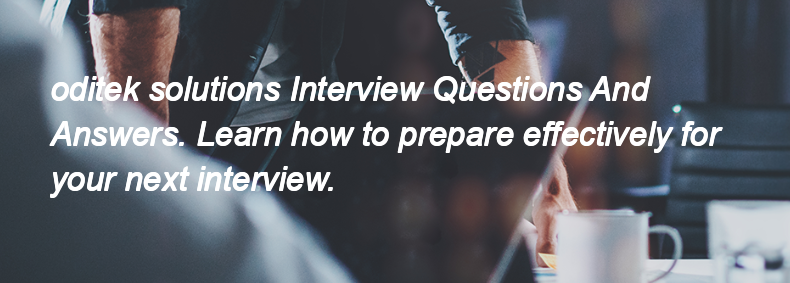Ques:- What are JavaScript closures and how do they work
Asked In :-
Vinove Software & Services Pvt Ltd, Trigent Software, Codiant Software Technologies, Born Commerce, Oodles Technologies, Radicle Software, SPARX IT SOLUTIONS, Energytech Global, Adnate IT Solutions, Muvi Entertainment,
Right Answer:
JavaScript closures are functions that remember their outer scope even when the function is executed outside that scope. They work by capturing the variables from their surrounding environment, allowing access to those variables even after the outer function has finished executing. This is useful for data encapsulation and maintaining state in asynchronous programming.
JavaScript closures are functions that remember their outer scope even when the function is executed outside that scope. They work by capturing the variables from their surrounding environment, allowing access to those variables even after the outer function has finished executing. This is useful for data encapsulation and maintaining state in asynchronous programming.

